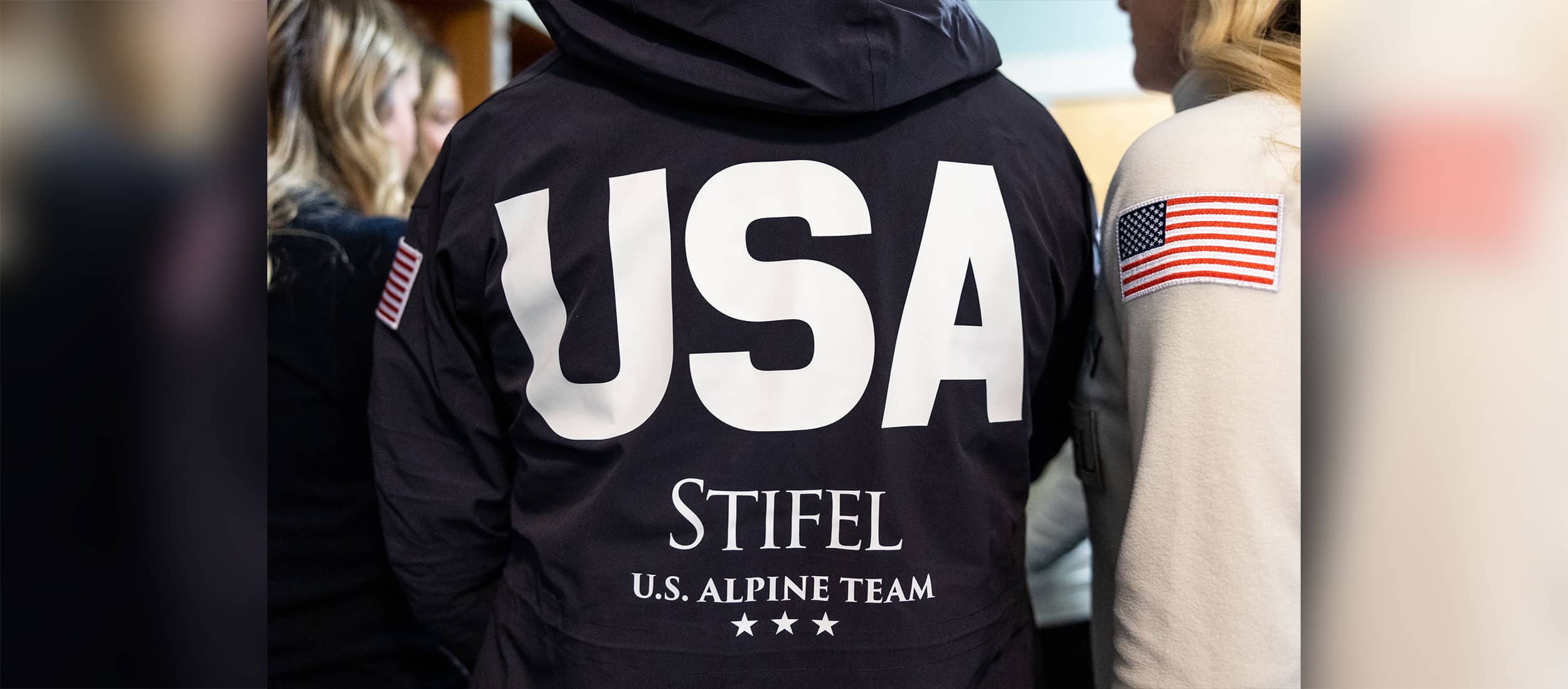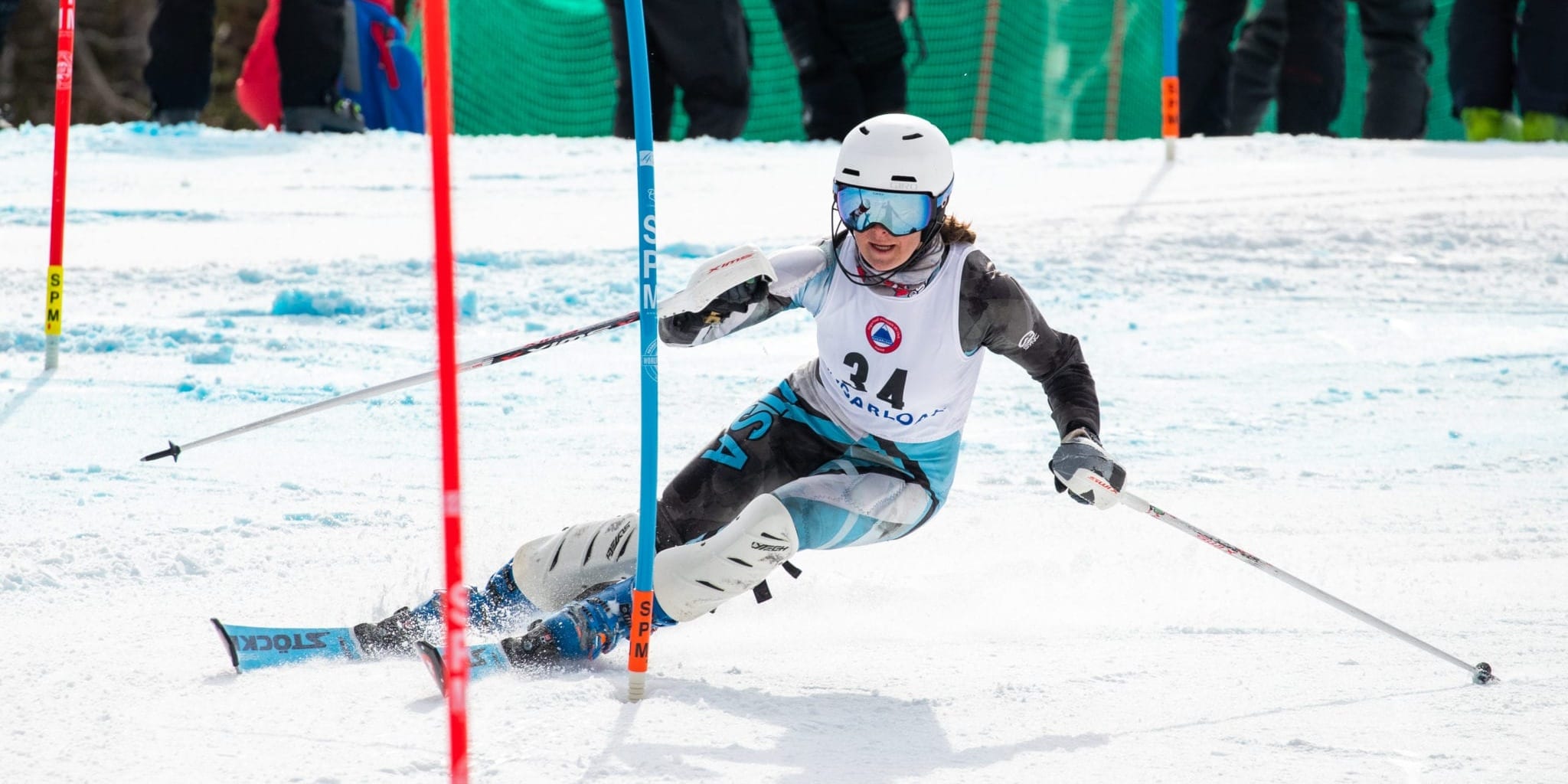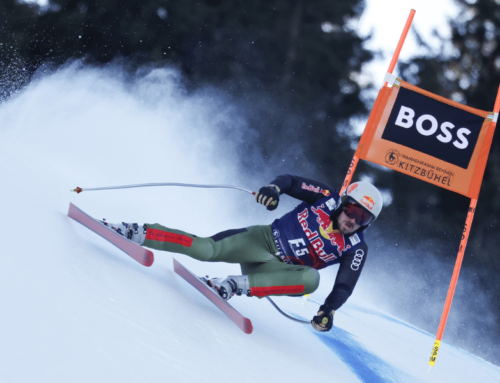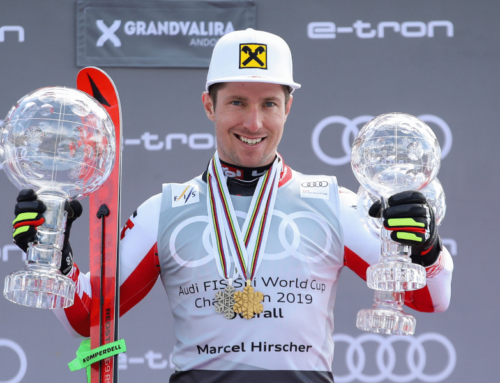U.S. men blend speed and tech training
Preseason training camps normally are either speed or tech, but the U.S. men shuffled that concept a bit this year in New Zealand and Chile.
 PORTILLO, Chile — Preseason training camps normally are "speed" (i.e., downhill and super G training with some giant slalom) or "tech" (i.e., slalom and GS), but the U.S. men shuffled that concept a bit this year, doubling up with both the New Zealand and Chile camps almost an "open house" for tech and speed skiers.
PORTILLO, Chile — Preseason training camps normally are "speed" (i.e., downhill and super G training with some giant slalom) or "tech" (i.e., slalom and GS), but the U.S. men shuffled that concept a bit this year, doubling up with both the New Zealand and Chile camps almost an "open house" for tech and speed skiers.
"It was fantastic," said DH/SG head coach Chris Brigham as the annual Chile camp wound down following speed sessions at Termas resort outside Chillan and then more speed work in Portillo. Coach Mike Morin's tech skiers had a two-week camp in Portillo, which he termed "outstanding. …The opportunity to train demanding downhill and GS in the same day was quite productive."
Former World Championships GS bronze medalist Erik Schlopy — on snow after skipping the New Zealand camp in August so he could sink deeper roots at home with his new daughter, Skye Bella, and wife — echoed the coaches. "It was pretty amazing. In three weeks in Portillo, except for the last two days, we had blue skies every day but one, and that was a day off. We got so much done and when I think about how little skiing and training there's been in the rest of the world [because of poor snow], it's even better," he said.
The Chillan camp, according to Brigham, featured the French men's team training on one side of the Termas resort while the Americans set their speed track on the other side of the mountain. "It was so great being by ourselves before we got to Portillo; we had 10 guys over there," Brigham said.
"Chillan was some of the best training we've had in three years there — lots of good glide work, and especially with the equipment changes, everyone was getting things figured out. … And then Portillo was fantastic again. Both resorts, Termas and Portillo, were helping us get so much done."
Because the downhillers already had been on snow in New Zealand — getting a chance to train more giant slalom — they could focus more on speed work in Chile.
"We got to focus more on speed than we normally have in Chile," Brigham said, "because we covered our tech base during two weeks in New Zealand. So, we could bump up the numbers on our actual speed training; we did glide work and had two big jumps in Portillo. The U.S. women and the Canadians were there before us, so we adjusted their jump and went at it."
Reigning downhill and super G world champion Bode Miller was getting used to his new equipment setup, having switched to Head skis after last season, while Scott Macartney and Marco Sullivan, having shifted to Nordica, spent time adjusting to their new speed skis and equipment. Also, Kevin Francis moved to Atomic.
"It was a long camp and there were some dings by the end of it, but basically everybody's healthy," Brigham said. "Bode was skiing very well — I'd say both his speed work and his GS were successful; he got in a ton of training."
Tech skiers — and that includes Olympic combined champion Ted Ligety (who switched to Rossignol) — also were getting used to new equipment.
"With all the new equipment" Morin said, "we accomplished a lot of quality testing. The guys got their boot and ski setups much more dialed in. We also saw solid skiing out of the boys who changed companies; Miller and Ligety looked very strong on their new products, making everyone excited to see how things go in competition later this month" when the World Cup season opens Oct. 29 in Sölden, Austria, with a giant slalom.
"The GS course was full length and very demanding due to the bumpy, steep terrain. The snow stayed hard until about 10:30 every morning and we were on the lifts by 7 a.m."
The cross-pollination with tech and speed triggered an increase in the intensity of training, Morin added. "We got a lot out of the crossover with World Cup tech and speed plus the Europa Cup group. The guys really enjoyed pushing each other in all disciplines.
"I think this will really help us in being prepared to compete in Sölden, which is just around the corner," Morin concluded.
Brigham agreed: "This was the first speed training on his new gear for Bode, and he learned a lot about it, so it was a successful camp that way, too."
Schlopy said blending super G with his GS training was a nearly ideal mix. "I did both [in Portillo]; GS is becoming so fast these days and I feel super G is a really important component to train for GS — I'm not planning to race it, but I'm training it. My last World Cup super G was two years ago in Val Gardena and I crashed, so that's my last super G.
"Most super G races now are more like a downhill than they used to be — big turns, fast speed … and they've just turned them into more downhills. But it's good to train to help my speed in giant slalom. I train at my own pace and don't worry about the times, just getting into a more active environment and taking that speed work away from it for GS. I don't think about it as training super G; I'm training GS … on a super G track."
Brigham was pleased with the younger group, led by reigning junior world DH champion Chris Beckmann and former junior worlds medalist Erik Fisher — the NorAm super G champion. Beckmann was second in the 2006 NorAm DH standings, so he has an automatic start spot in World Cup downhills, while Fisher has a guaranteed start slot in super Gs. "They skied well and they've got those World Cup spots, so they'll be running the early season downhills and super Gs [DHs in Lake Louise and Beaver Creek, SG in Lake Louise], and we'll see how they do," he said.
Francis, healthy after torn knee ligaments at the 2004 Chevrolet U.S. Alpine Championships, is making a case to be on the World Cup, as are Andrew Weibrecht, junior worlds SG bronze medalist last winter, and Jeremy Transue, who is coming back from two years of knee problems.
"They all did great," Brigham said. "It was Weibrecht's first real speed camp — he always had more of a tech base — and he was learning every day as far as gliding and jumps."
Good snow, good sunshine, good energy — all of it made for good training, Brigham said. While the downhillers stay home before their final training in Colorado next month, the gate-runners head to Europe at mid-month for a final camp before the annual GS opener on the Rettenbach Glacier above Sölden.
— USSA
























